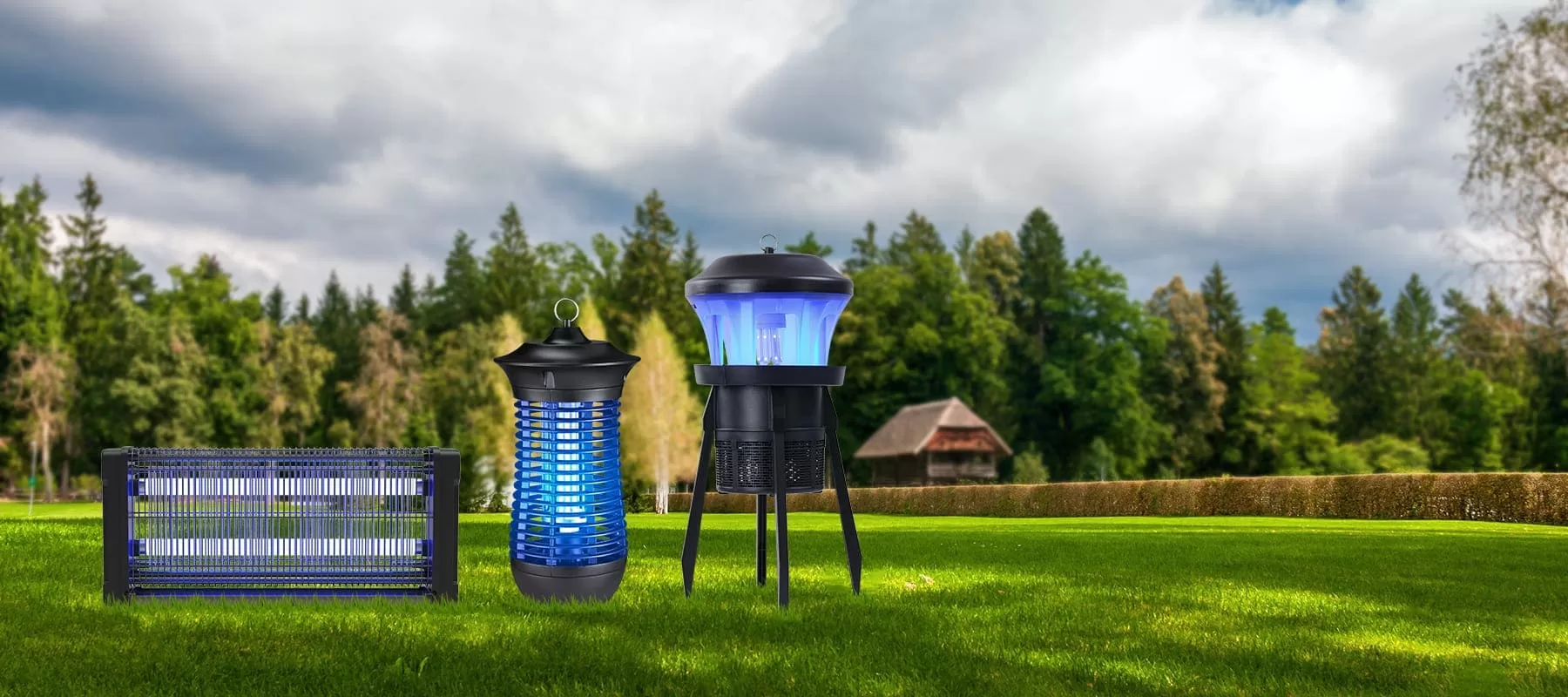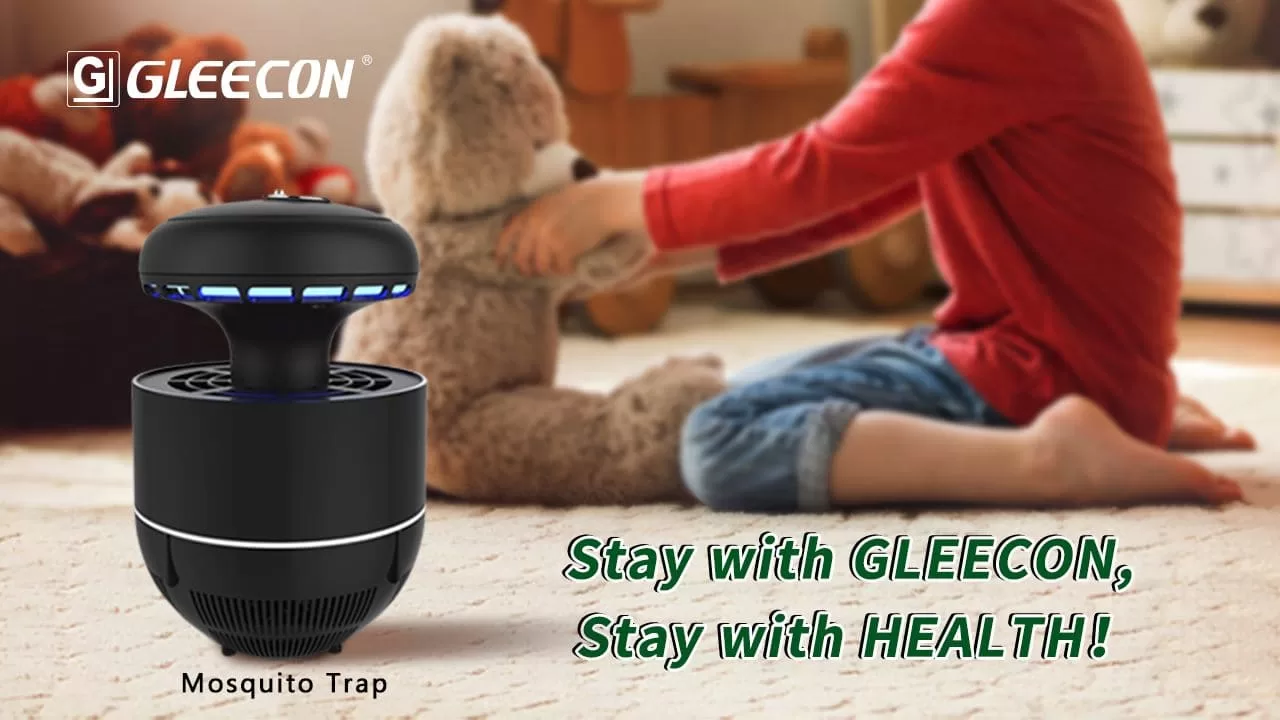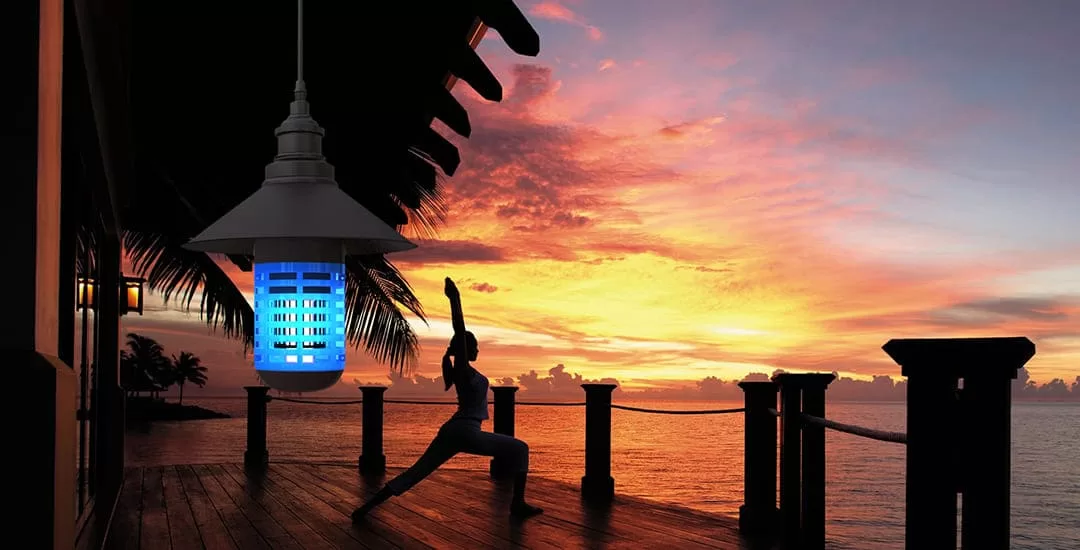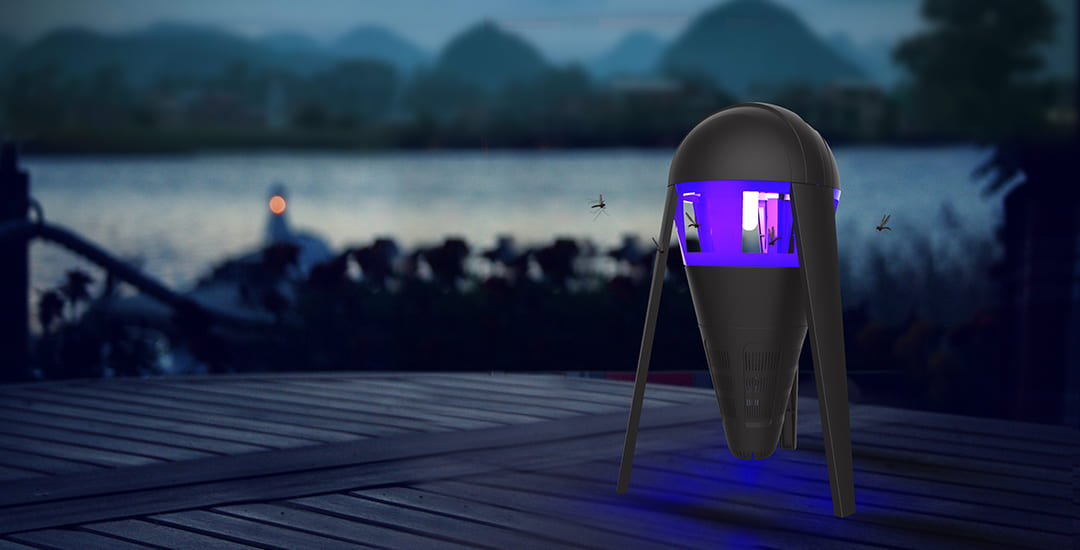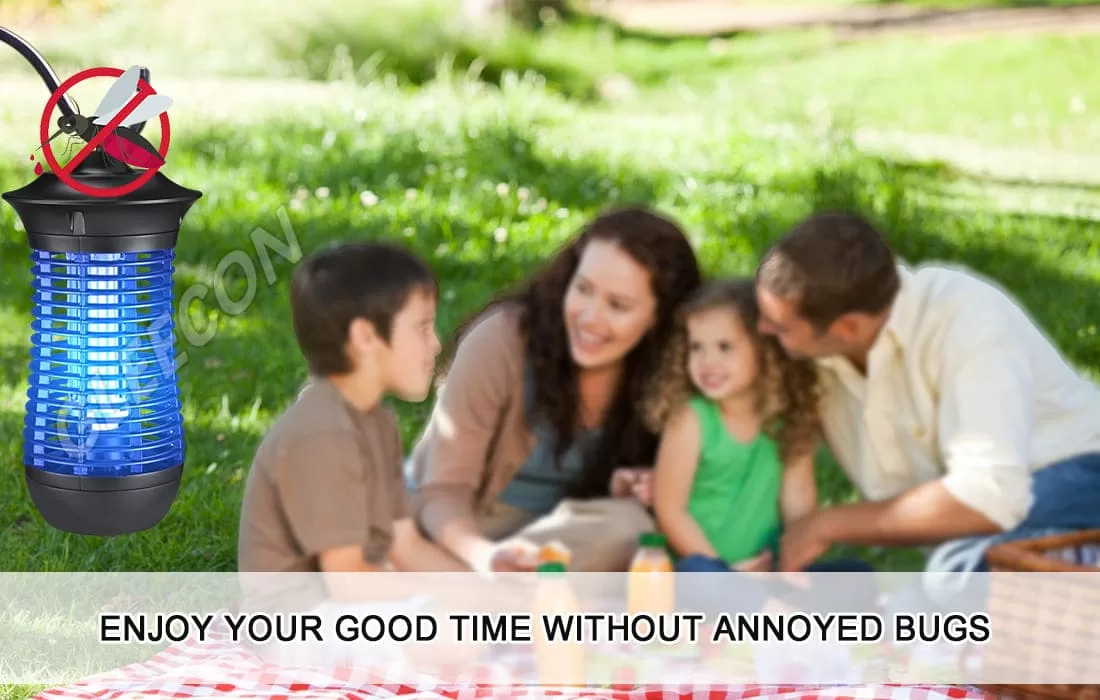Table of Contents
Introduction:
Fly zappers are popular tools for controlling flying insects, particularly flies, in both residential and commercial spaces. One key factor often considered by consumers is the lamp wattage of these devices. However, the question arises: are fly zappers with identical lamp wattage the same when it comes to effectively controlling flies? In this comprehensive blog, we’ll explore the nuances of fly zappers, the significance of lamp wattage, and other factors that contribute to their performance.

Understanding Fly Zappers:
Fly zappers, also known as bug zappers or insect electrocutors, work by attracting flying insects towards a source of light, typically ultraviolet (UV-A) light. Once the insects come in contact with an electrified grid near the light source, they are electrocuted, providing a non-chemical method of pest control. The effectiveness of a fly zapper depends on various factors, and lamp wattage is just one of them.
The Role of Lamp Wattage:
Lamp wattage refers to the amount of power the UV-A light emits. While it’s tempting to assume that higher wattage always equals better performance, the reality is more nuanced. Identical lamp wattage doesn’t necessarily mean identical performance across all fly zappers. The design, quality of construction, and other features also play crucial roles.
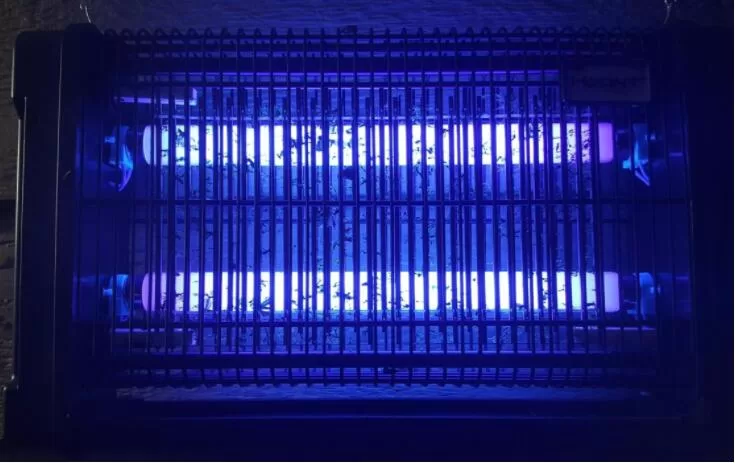
Factors Affecting Fly Zapper Performance:
- Design and Construction:
- The design of the fly zapper, including the shape, size, and placement of the electrified grid, can significantly impact its effectiveness.
- Quality construction materials and durability also contribute to the longevity and efficiency of the device.
- Attraction Range:
- The ability of the fly zapper to attract flies from a distance is crucial. Some models are designed to have a broader attraction range, ensuring they capture flies before they become a nuisance.
- Maintenance and Cleaning:
- Regular maintenance is essential for optimal performance. Fly zappers need to be cleaned periodically to remove insect debris and maintain their efficiency.
- Indoor vs. Outdoor Use:
- Fly zappers may be designed for indoor or outdoor use. Understanding the intended environment is crucial for selecting the right device for your specific needs.
- Additional Features:
- Some fly zappers come with additional features, such as waterproofing, weather resistance, or advanced trapping mechanisms, which can enhance their overall performance.
Choosing the Right Fly Zapper:
When selecting a fly zapper with identical lamp wattage, consider the factors mentioned above to make an informed decision. Read product reviews, compare features, and assess the device’s suitability for your specific environment.
Conclusion:
In conclusion, while lamp wattage is an important factor in the effectiveness of fly zappers, it’s not the sole determinant. The overall design, construction, and additional features contribute to the device’s ability to control flies. When shopping for a fly zapper, it’s crucial to look beyond just the wattage and consider the holistic features that make a device effective in keeping your space insect-free.

